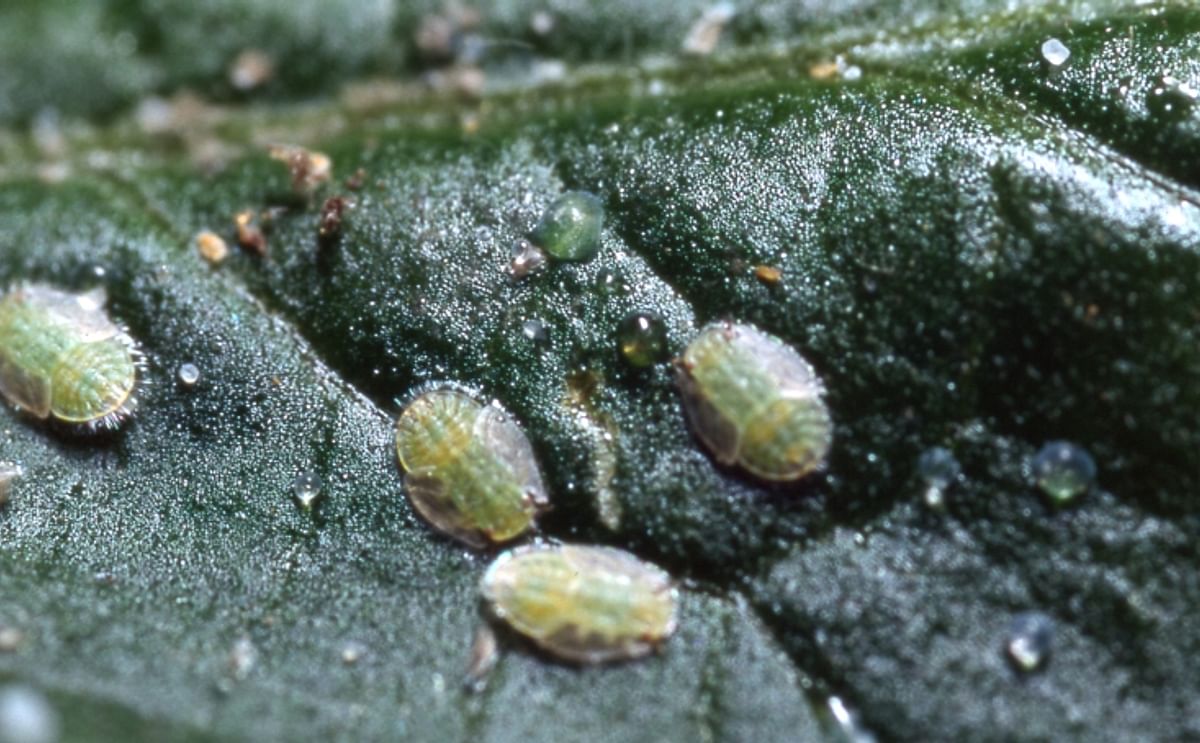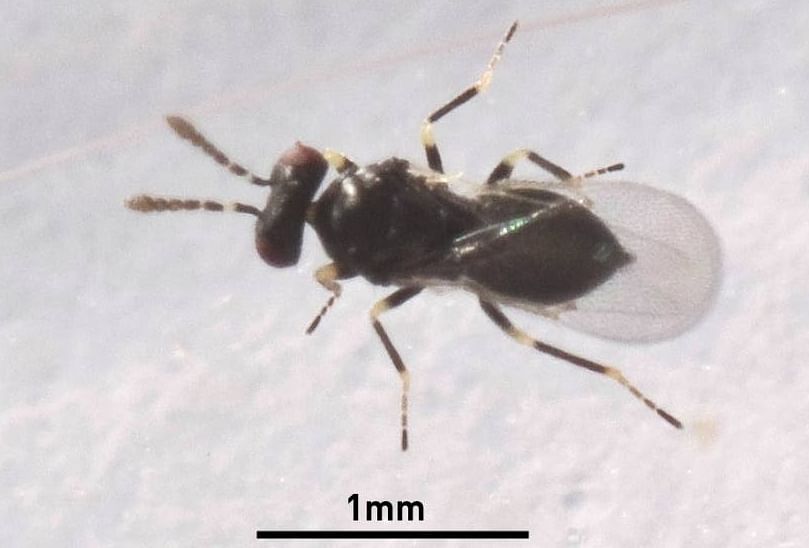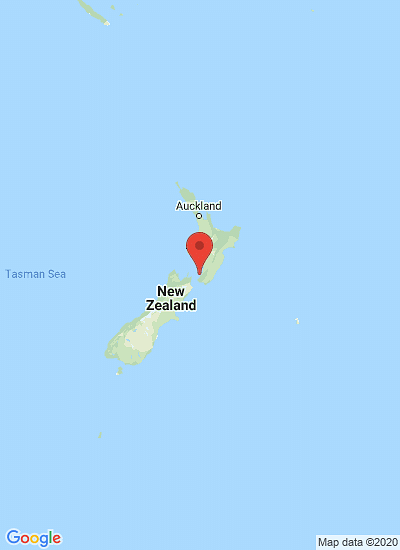Potato Psyllid nymphs damage crops by feeding on foliage and by vectoring the bacterial pathogen Candidatus Liberibacter, resulting in the Zebra Chip disease (Courtesy : EPA)
Biological control of Potato Psyllids by Parasitic Wasp approved by New Zealand Authority

The Environmental Protection Authority (EPA) of New Zealand has approved a type of parasitic wasp as a biological control agent to combat the tomato potato psyllid (a plant louse), which attacks tomatoes, potatoes, capsicums and tamarillos in the country.
Biological control agents are natural enemies of a plant or insect pests, and are released to reduce, control or supress those pests.
The wasp (Tamarixia triozae) will be introduced and released to kill the tomato potato psyllid (Bactericera cockerelli).
The psyllid was first found in New Zealand in 2006 and is known as a pest in several countries, creating a significant impact on plants and crops. The psyllid has three life stages – egg, nymph and adult.
Adult females lay eggs on the upper and lower surface of potato, tomato, capsicum and tamarillo plant leaves.

Tamarixia triozae is a small wasp that parasitises Potato Psyllid nymphs by laying an egg on the underbelly of the host. When the wasp larva emerges it feeds on the Potato Psyllid nymph, excavating the body to make room for it to pupate inside the empty shell of its host. (Courtesy: EPA)
The wasp is a psyllid parasitoid which means it attaches to or within a single host, eventually killing it. It is a black, winged red-eyed wasp normally found in North America and Mexico. The wasp lays its eggs on the surface of the psyllid nymphs. The eggs develop into larvae that feed on the nymphs, killing them.
Ray McMillan, EPA’s Acting General Manager of Hazardous Substances and New Organisms:
“The parasitic wasp will be introduced as part of a pest management programme, in combination with other beneficial insects and chemical control strategies.”The horticulture industry is currently worth $2 billion to the New Zealand domestic economy and $5 billion in exports.
“The psyllid is a significant horticultural pest with wide-ranging effects on crops. However, once it’s established, the wasp will create significant benefits for growers of potatoes, tomatoes and other food crops, and for our New Zealand economy.”
After considering potential risks and benefits to the New Zealand environment and the economy, the EPA approved this application without controls.
The application to introduce the wasp was made by Horticulture New Zealand Inc on behalf of a number of growers’ industry groups under the Hazardous Substances and New Organisms (HSNO) Act 1996.
The EPA received 36 submissions on the application, with 32 in support, two neither supporting nor opposing, and two opposed. Seven submitters were heard at the hearing held on 4 May.
The EPA’s role is to decide on applications for the release of new organisms under the HSNO Act. We assess the benefits, risks and costs of releasing new organisms to safeguard people and the environment.









